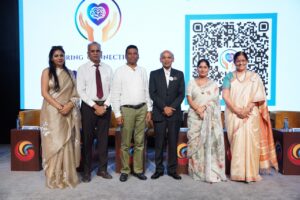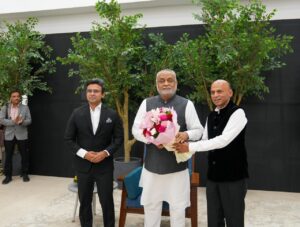Ansh Singh (BAJMC 3rd sem)
Bisrakh is a small village located near Greater Noida in Gautam Buddha Nagar, Uttar Pradesh. Known for its rich history and legends, Bisrakh holds a unique cultural identity tied to Ravana, the legendary figure from the ancient Indian epic Ramayana. It is believed that Ravana was born in this village, and the community commemorates his legacy during Dussehra and Navratri in ways that set them apart from other regions.

The village’s name originates from Vishravas, Ravana’s father, a sage who is said to have worshipped Lord Shiva in this area. According to local beliefs, Ravana spent many years in Bisrakh before rising to power in Lanka. This association with Ravana has influenced the community’s perspective, where he is regarded as a complex figure embodying wisdom and devotion to Lord Shiva rather than being solely a villain.
Unlike the widespread custom of burning effigies of Ravana during Dussehra, the people of Bisrakh observe this time as a period of mourning. During Navratri, they perform Yajnas and prayers dedicated to Ravana’s spirit, avoiding the enactment of Ramlila to prevent invoking his displeasure. This practice reflects their respect for his scholarly achievements and devotion to Shiva.
Bisrakh is home to several ancient temples, including one with a distinctive octagonal Shiva linga that is believed to have been worshipped by both Vishravas and Ravana. This sacred site attracts devotees who pay homage to both Lord Shiva and Ravana, showcasing their intertwined reverence for these figures. A new temple dedicated to Ravana is currently under construction, featuring a 42-foot Shiva linga and an image of Ravana, symbolizing the community’s commitment to preserving its cultural heritage.
According to the 2011 Census, Bisrakh has a population of approximately 5,470, with a literacy rate surpassing the state average. The economy primarily revolves around agriculture, though many residents are engaged in modern professions such as teaching and trade. During an awareness drive in Bisrakh, we observed that the community embodies the positive and rajasic qualities attributed to Ravana, blending traditional agricultural practices with modern livelihoods while staying rooted in their cultural identity.





